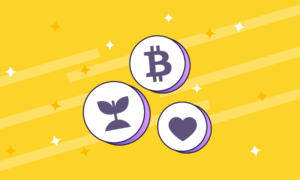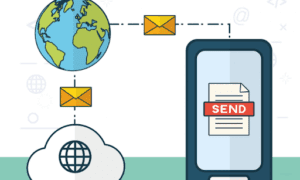Exploring the Transformative Impact of Free Government Phones on Low-Income Communities
Introduction:
In an increasingly interconnected world, access to reliable communication channels has become a necessity for individuals to participate fully in society. However, for low-income communities, this access can often be a challenge due to financial constraints. To bridge this digital divide, several governments have implemented programs that provide free phones to eligible individuals. This article delves into the transformative impact of free government phones on low-income communities, examining the benefits they bring and the potential for social and economic empowerment.
Enhanced Access to Communication:
Free government phone programs have been instrumental in ensuring that individuals from low-income communities have access to essential communication services. By providing devices and subsidized plans, these programs enable recipients to make phone calls, send text messages, and access the internet. This enhanced connectivity opens up avenues for improved communication with family members, friends, employers, and vital services, resulting in greater social inclusion.
Facilitating Economic Opportunities:
Access to phones can significantly impact employment prospects for individuals in low-income communities. Job seekers can use their devices to search for job openings, submit applications, and communicate with potential employers. This accessibility to employment resources can empower individuals to overcome barriers and secure stable employment, ultimately breaking the cycle of poverty.
Access to Vital Services:
Free government phones also play a critical role in connecting low-income individuals to essential services. From healthcare providers to social services, having a phone facilitates access to emergency assistance, scheduling appointments, and receiving important notifications. This accessibility to vital services helps to improve overall well-being and ensures that individuals receive the support they need.
Digital Literacy and Educational Opportunities:
The provision of free government phones also contributes to digital literacy in low-income communities. Individuals who may not have had access to technology before now have the opportunity to develop digital skills, such as navigating online platforms and utilizing productivity tools. Additionally, these phones can serve as educational resources, enabling users to access online learning materials, educational apps, and tutoring services, thereby narrowing the educational gap between low-income individuals and their more affluent counterparts.
Bridging the Information Gap:
Access to the internet through free government phones bridges the information gap that exists in low-income communities. Individuals can access news, educational resources, and community information, empowering them with knowledge that can lead to improved decision-making and increased awareness of available resources. This access to information can be transformative, empowering individuals to actively engage in civic participation and advocate for their rights and needs.
Conclusion:
Free government phones have proven to be transformative tools in bridging the digital divide and empowering low-income communities. By enhancing access to communication, facilitating economic opportunities, providing access to vital services, promoting digital literacy, and bridging the information gap, these programs have the potential to uplift individuals and communities, fostering social and economic empowerment. It is crucial for governments and stakeholders to continue supporting and expanding such initiatives to ensure that everyone, regardless of income, can benefit from the opportunities offered by digital connectivity.

































